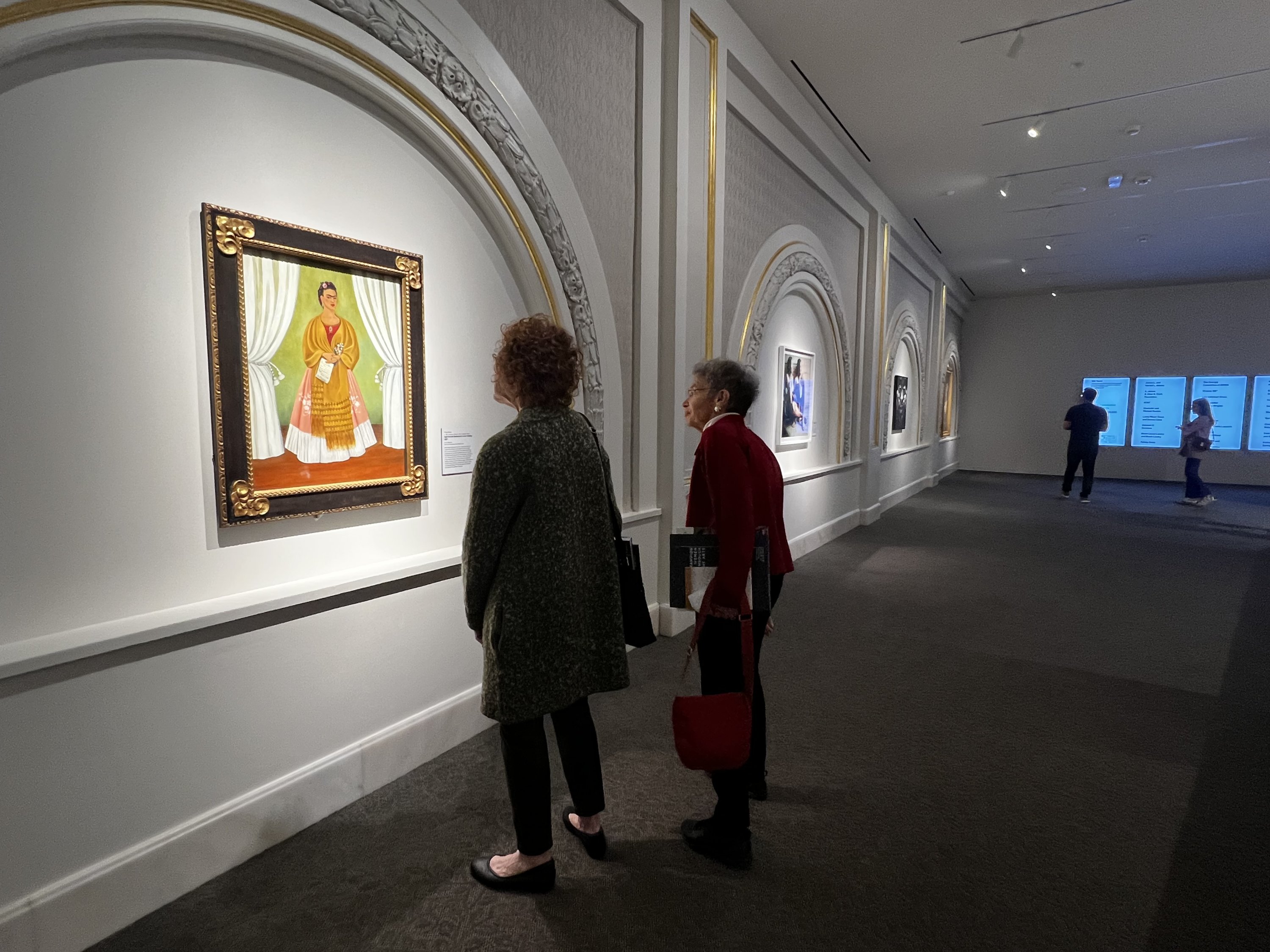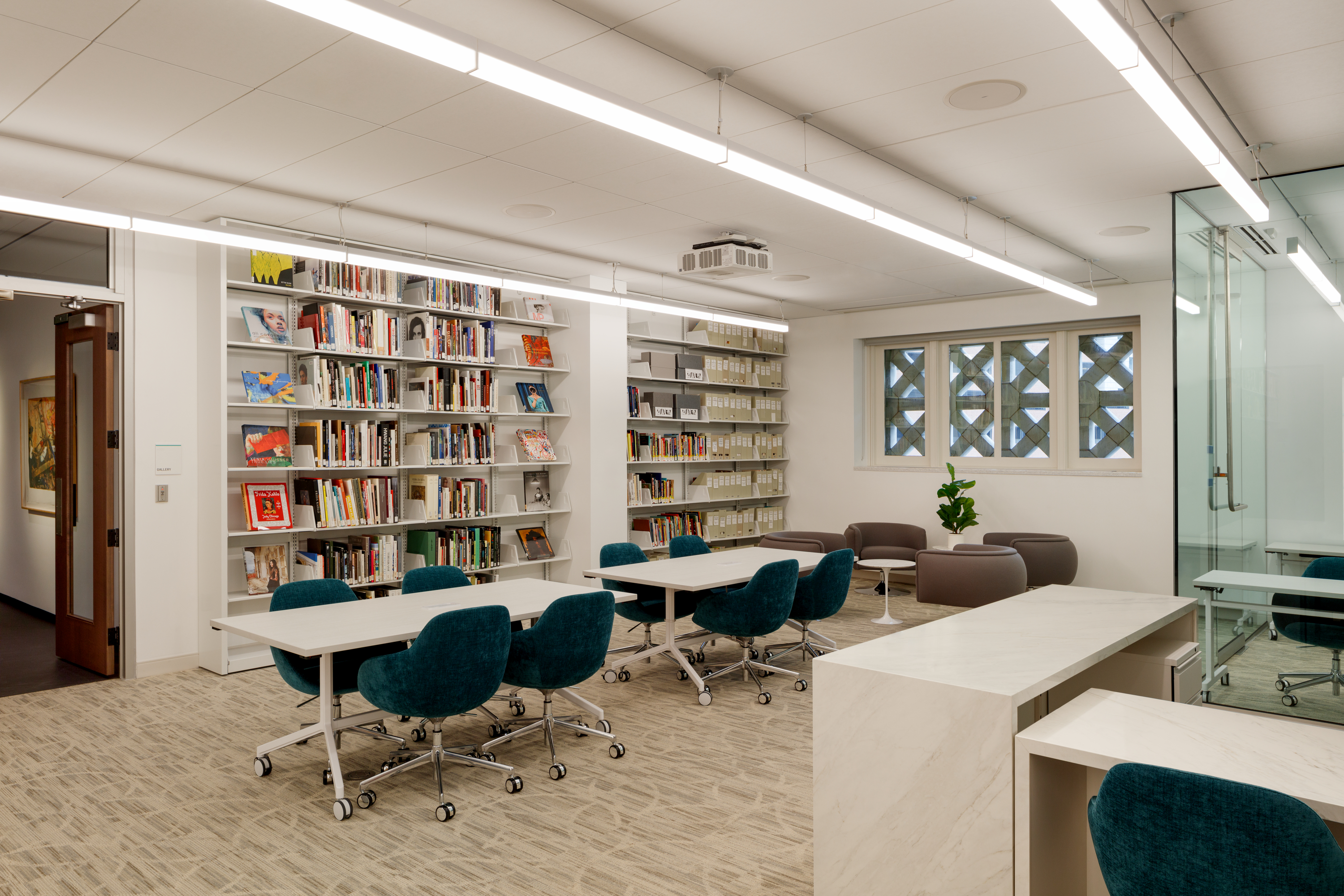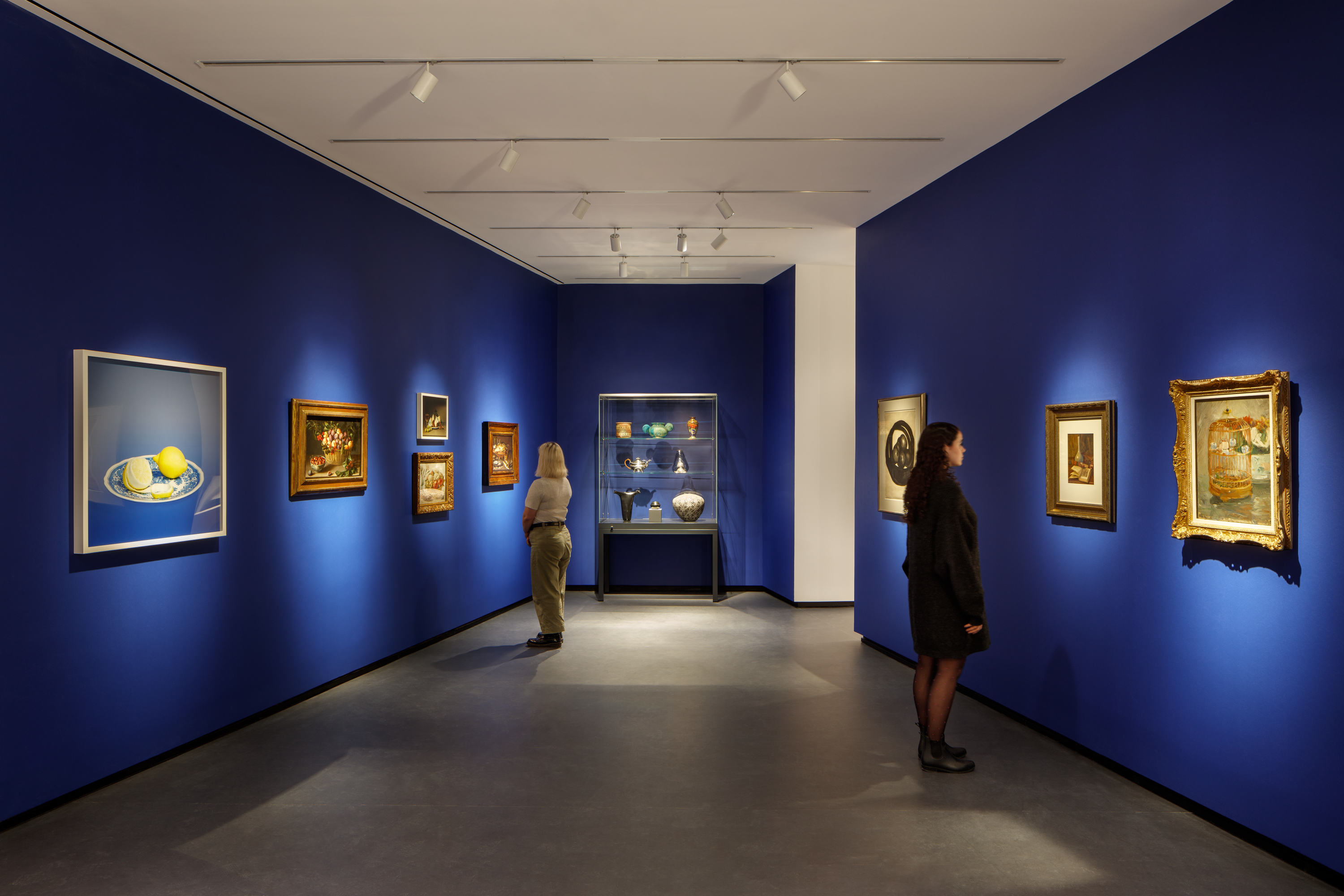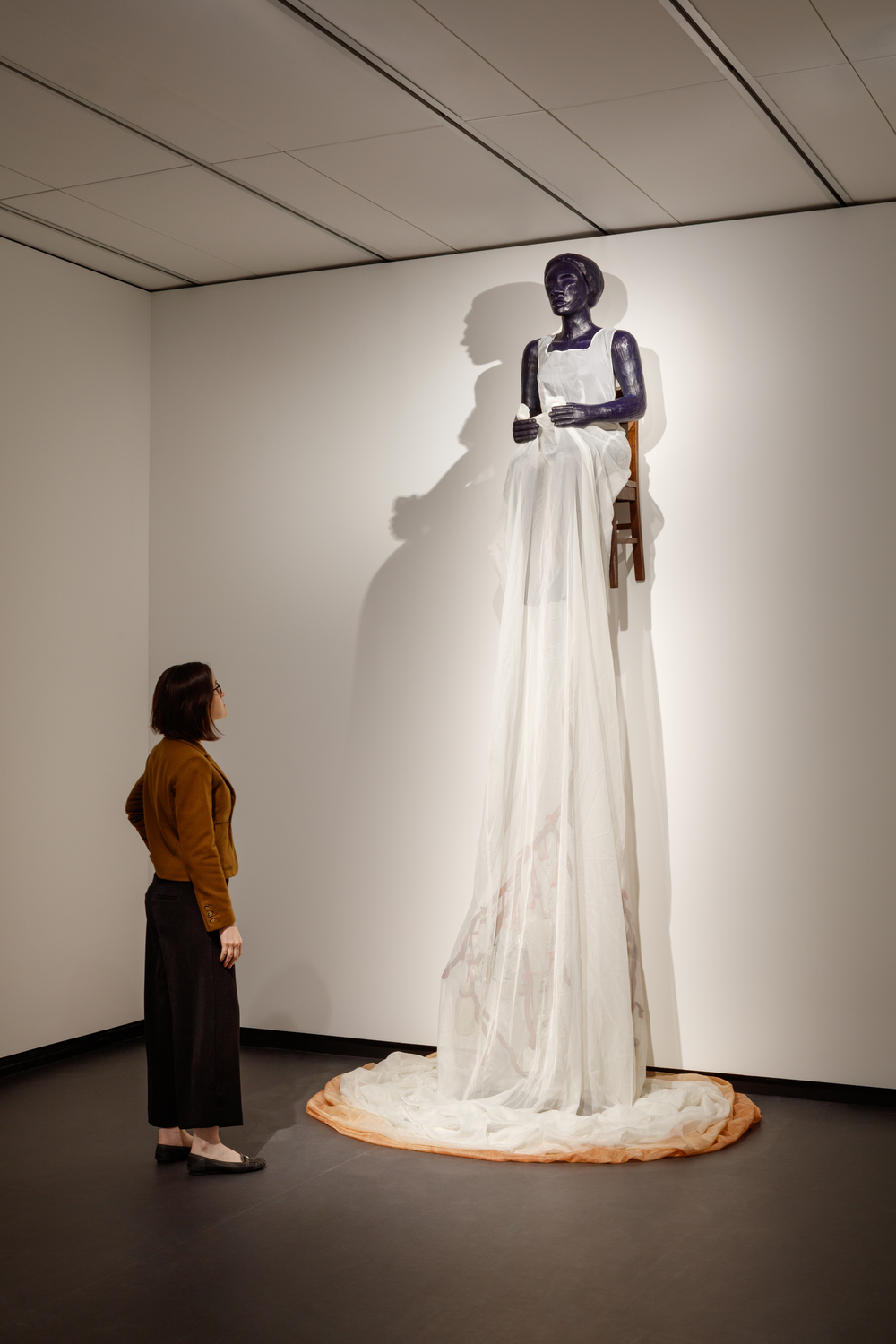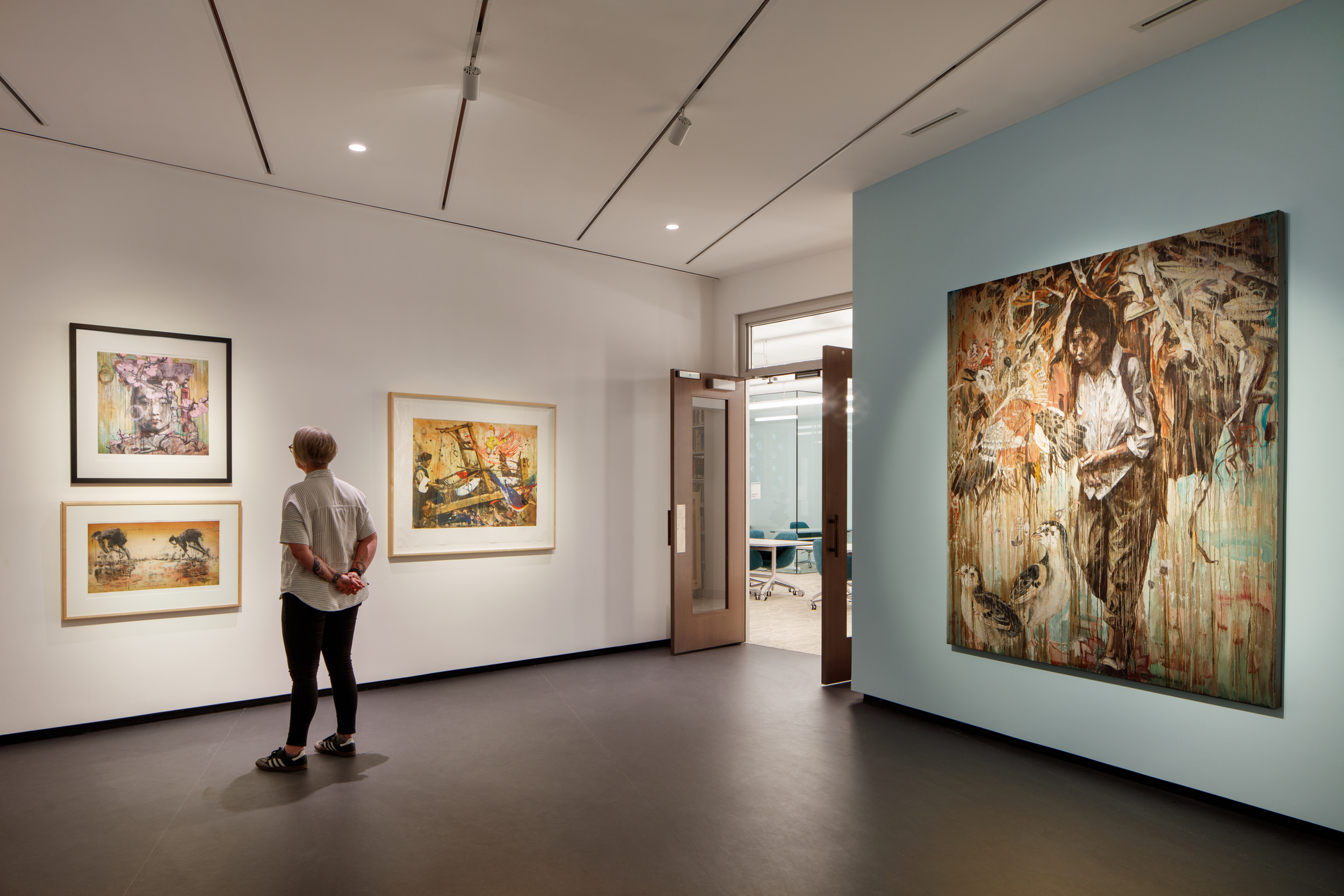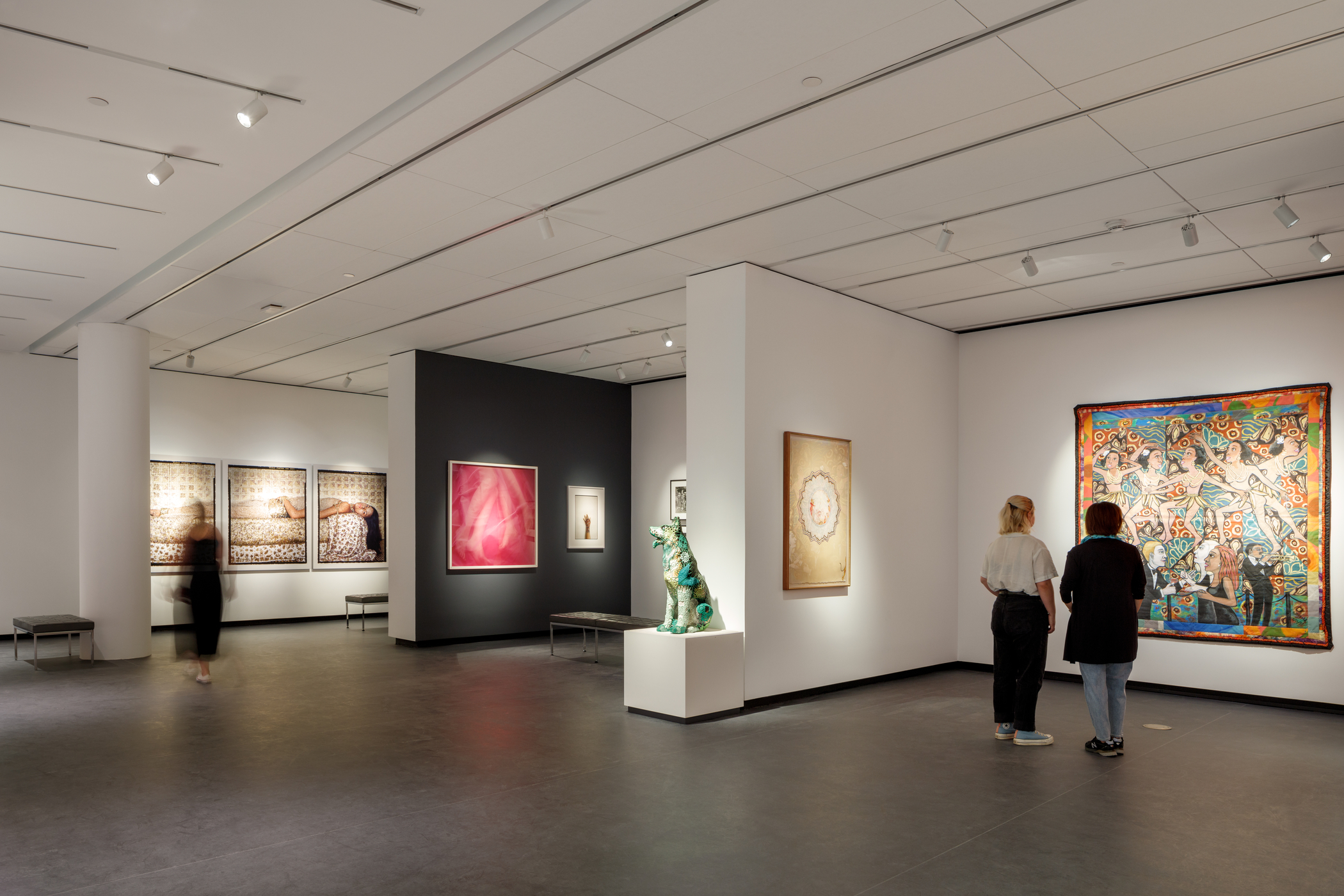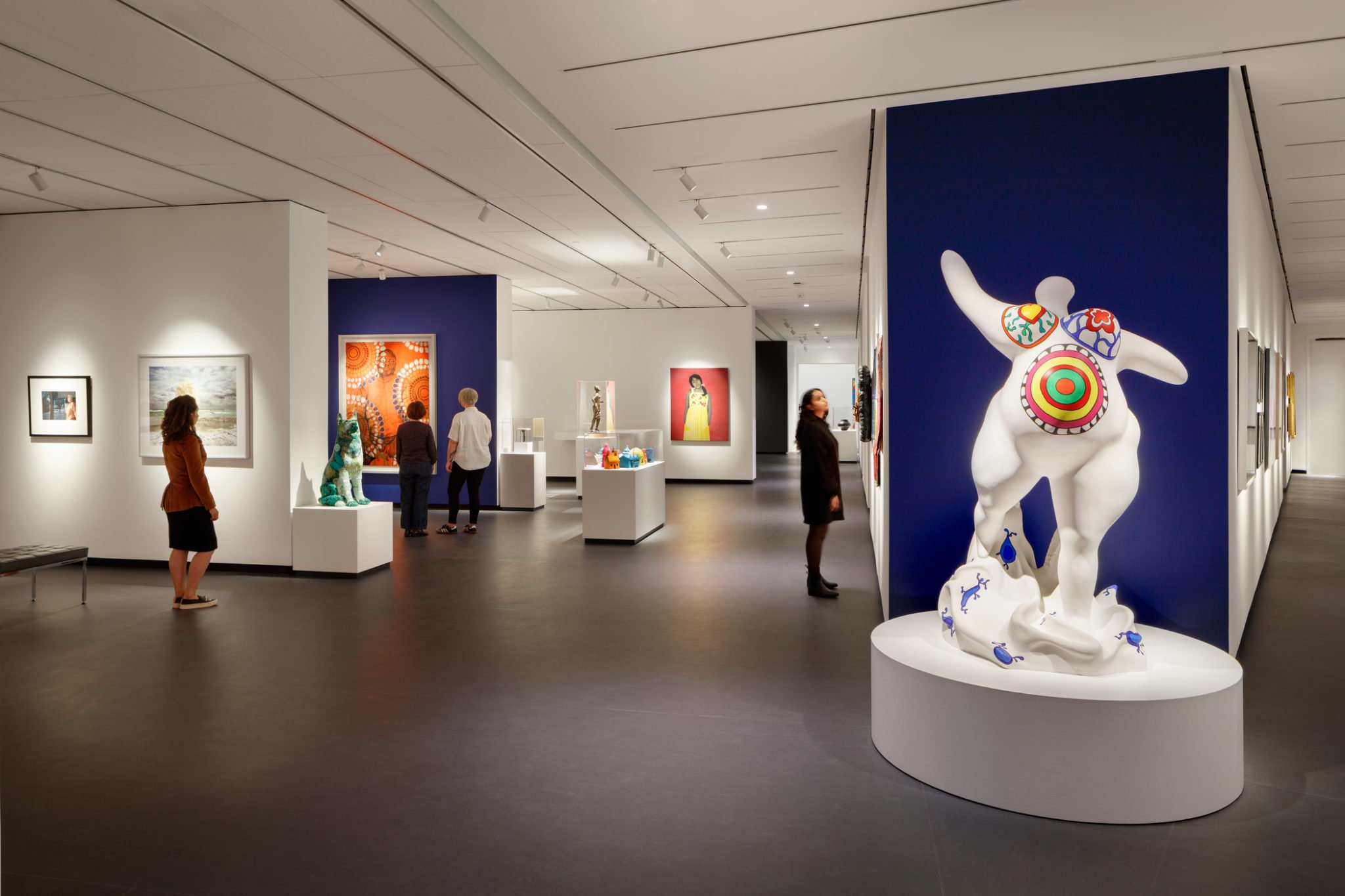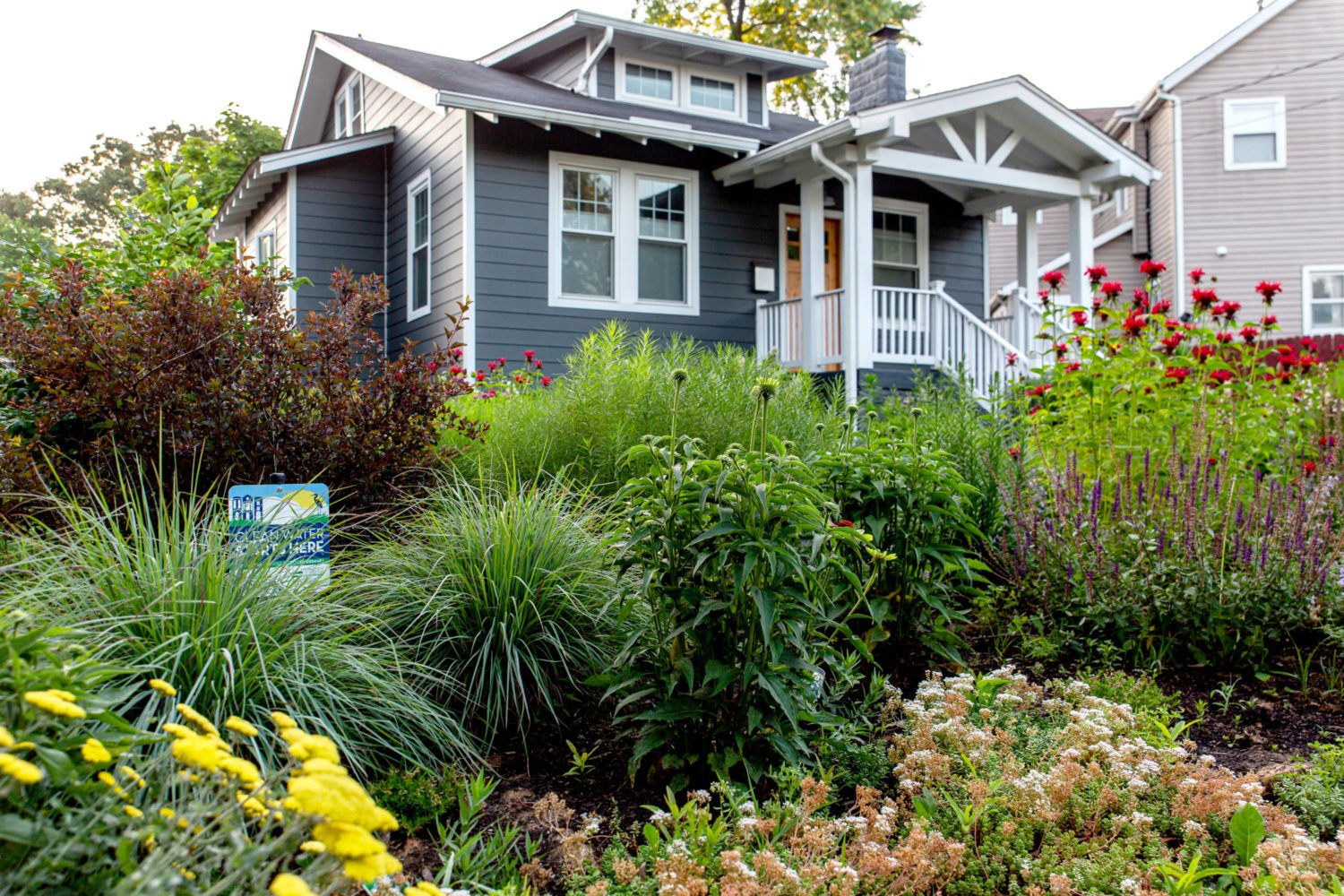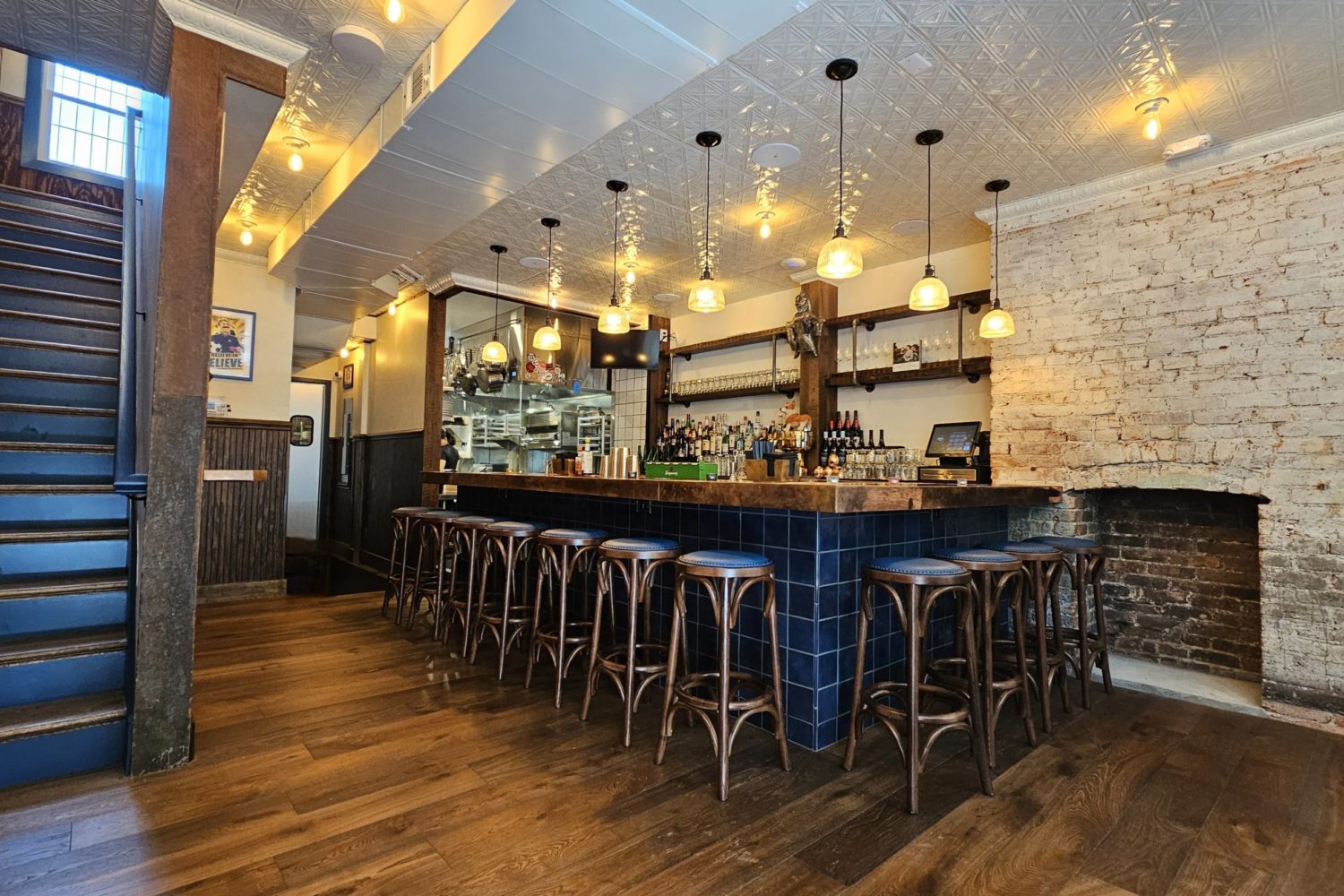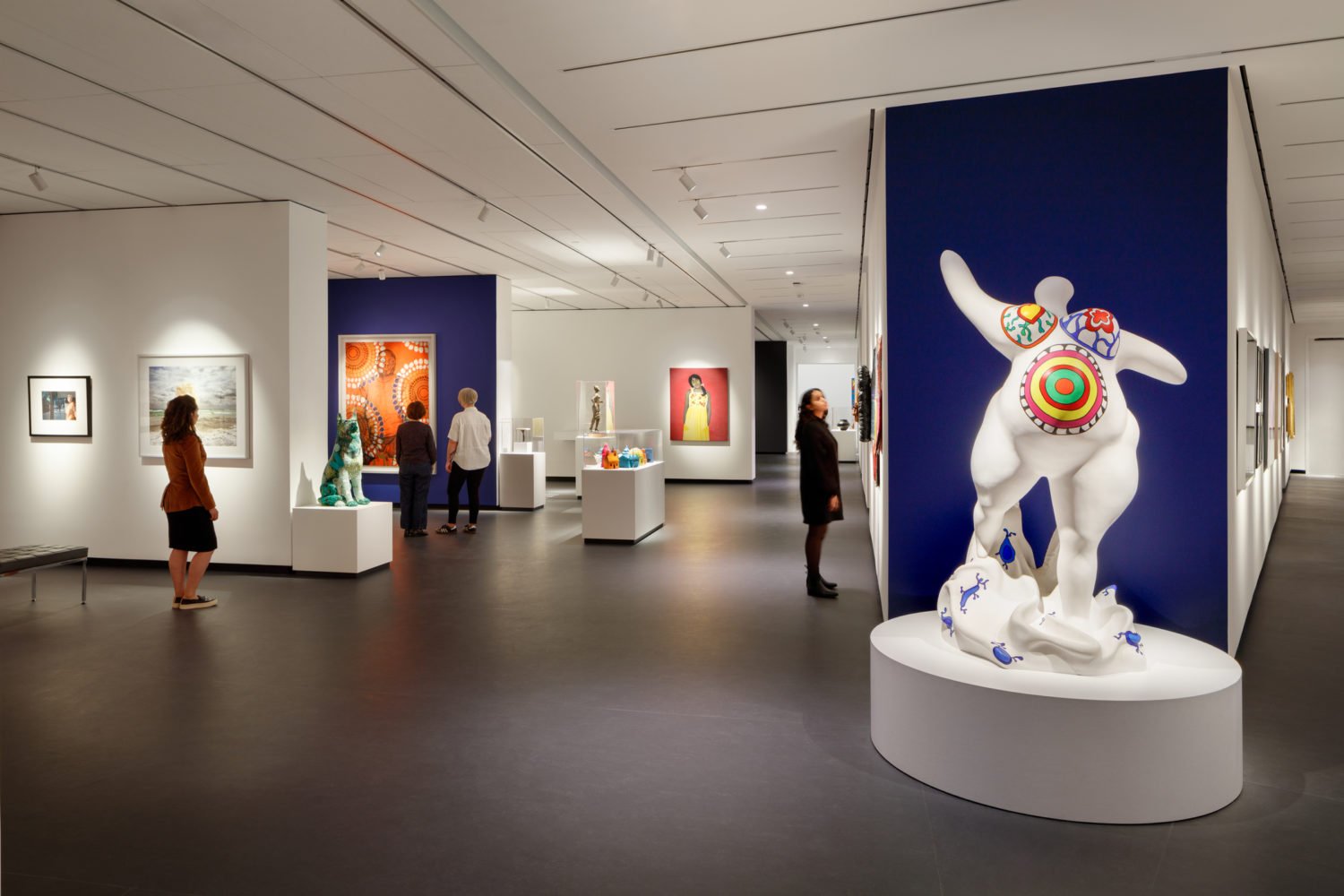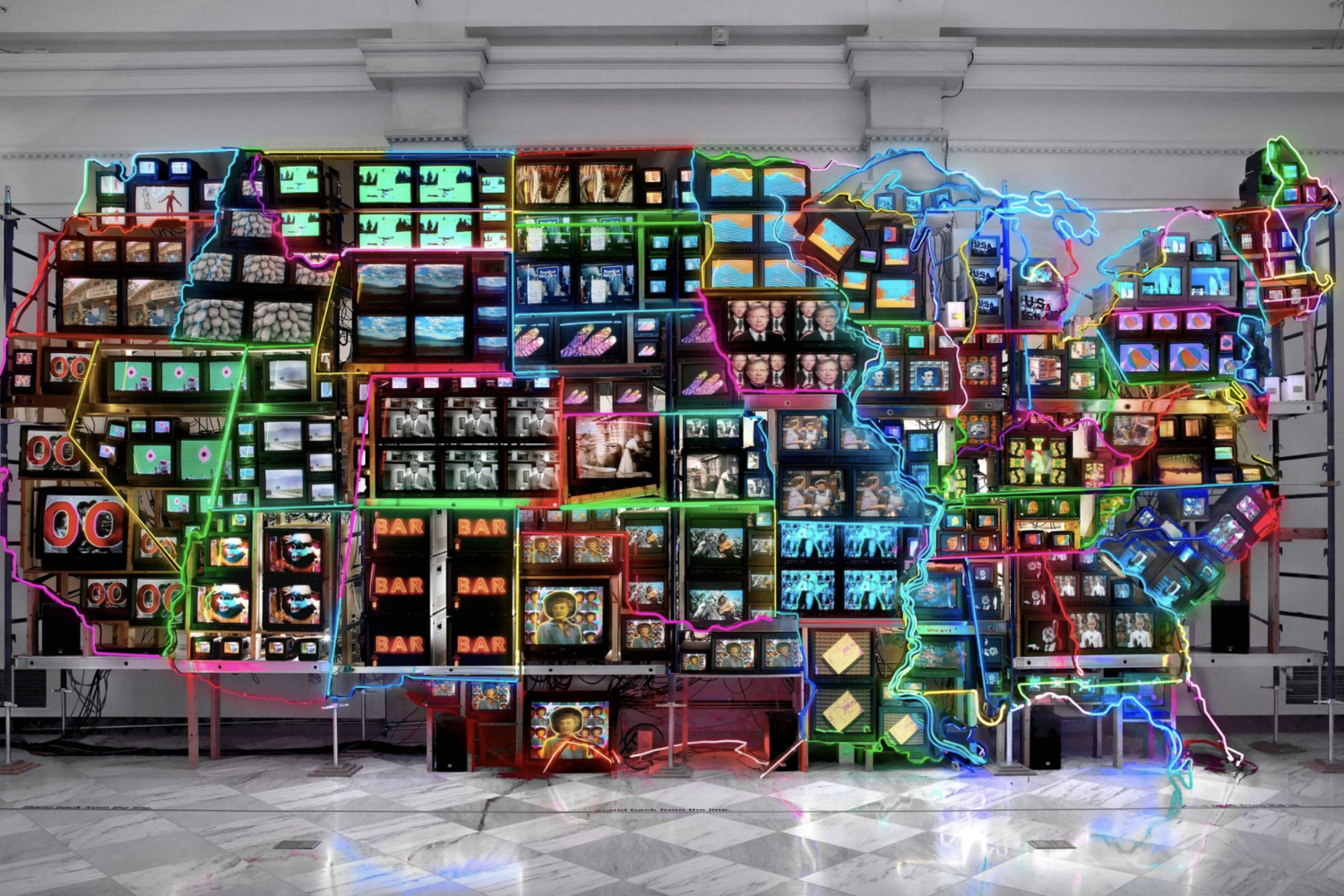When visitors enter the National Museum of Women in the Arts—set to reopen this Saturday following roughly $70 million worth of renovations—they’ll find themselves standing beneath Rubra, a six-foot-tall, glimmering red sculpture by artist Joana Vasconcelos (known for previously creating a chandelier out of 25,000 tampons).
“It is glowing and twinkling in our entryway so that from the very first moment a visitor enters our reimagined museum, they will experience art,” Kathryn Wat, the museum’s deputy director for art, programs, and public engagement, said during a media preview of the now-finished museum, which had been closed since August 2021.

It marked the first full renovation of the 87,500 square-foot building—built in 1908 and originally a Masonic temple that excluded women from the space—since the museum opened in 1987, becoming what it says is the world’s first museum solely dedicated to women in the arts.
“While the discourse has progressed since the museum was founded, gender and intersectional racial inequality remain pervasive in the art world,” the museum’s director, Susan Fisher Sterling, said during the preview Tuesday. According to a 2022 report, female-identifying artists made up only 11 percent of acquisitions at US museums between 2008 and 2020 (with Black female artists representing just .5 percent).
“Here at the National Museum of Women in the Arts, we are called to a dual purpose: to exhibit works by women artists and to advocate in the larger field,” Sterling said. “We are both a museum and a megaphone.”
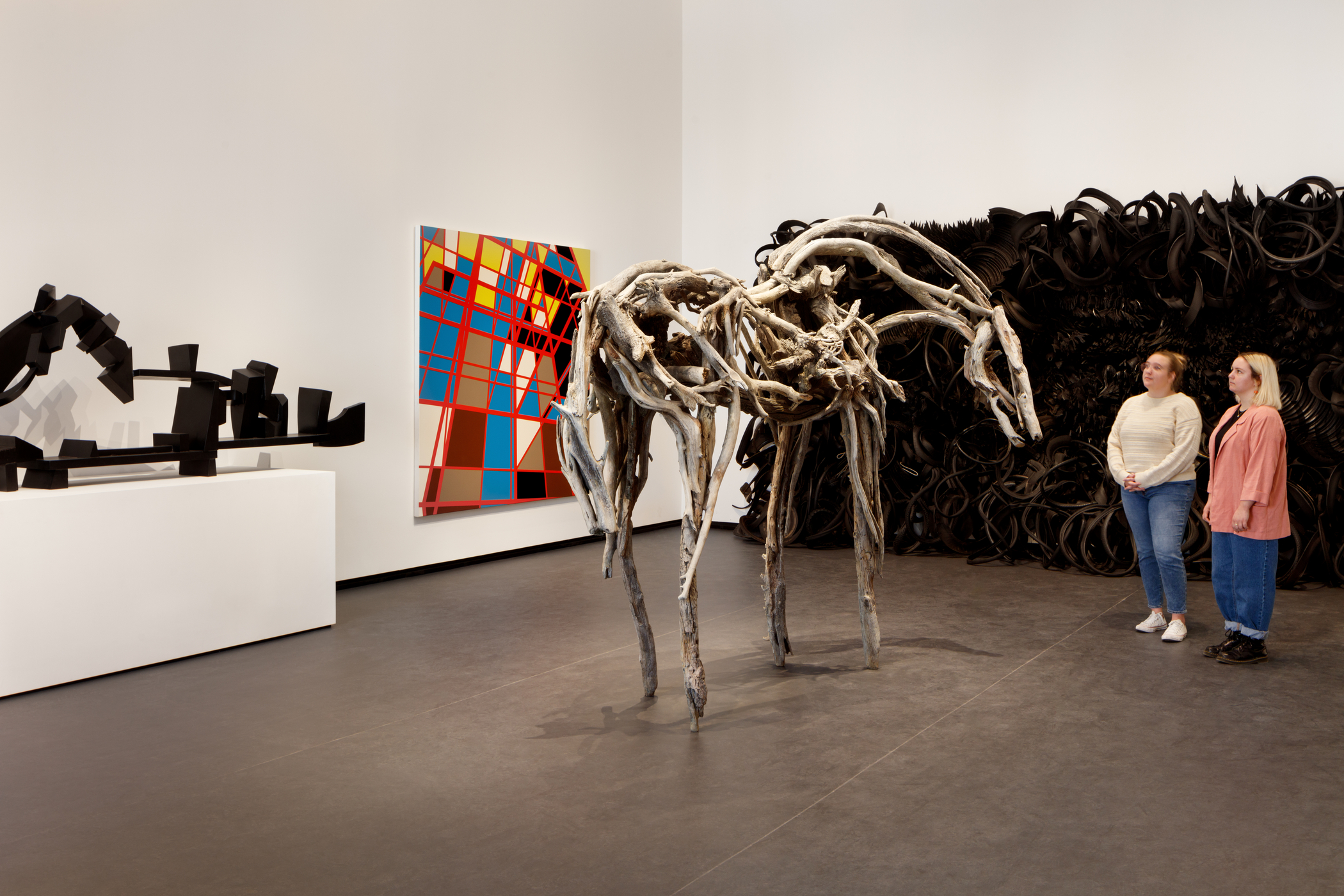
Now fully ADA-accessible with an elevator that reaches all six floors, the renovated building boasts 15 percent more gallery space for its 6,000-piece collection, and nearly 40 percent of the artwork on display is making its debut at the museum. But rather than organizing its collection by genre or era, NMWA has curated its permanent third-floor gallery by theme, allowing for “conversations across time” between contemporary and historic artists, Sterling said.
Challenging the notion that women create “dainty art,” one such theme, “Heavyweight,” pairs Deborah Butterfield’s life-size cast bronze horse Big Horn with Chakaia Booker’s hulking wall of shredded rubber tires. The artwork within another theme, “Land Marks,” reveals the varied ways women interact with the outdoors, while two other themes, “Seeing Red” and “No Shrinking Violet,” explore the way women artists use hues of red and violet, respectively.
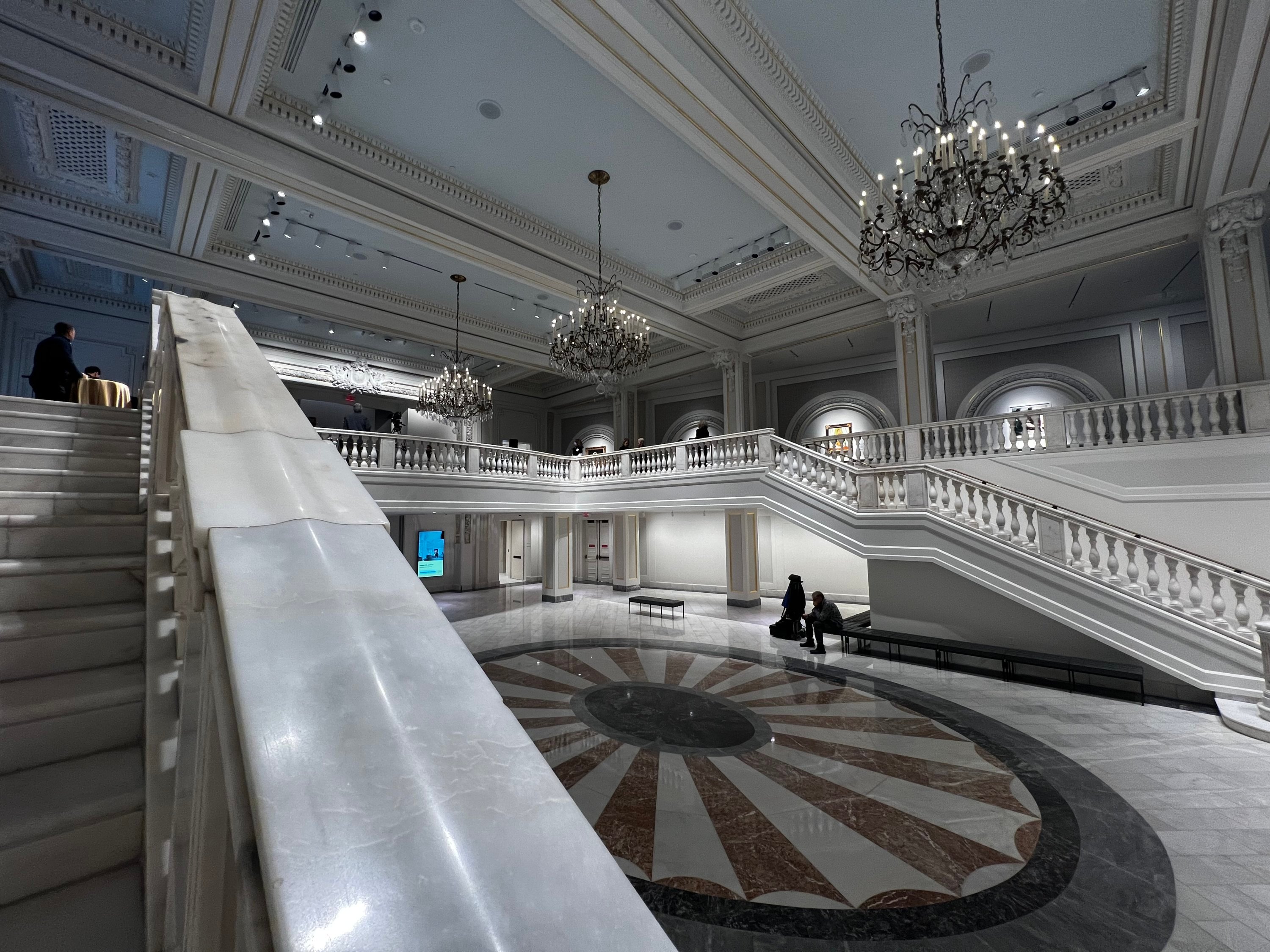
Much like before, the museum’s facade has been refurbished to keep with its original Classical Revival spirit, and the central Great Hall is just as resplendent with its marble floors and ornate chandeliers. Overlooking the hall, on the mezzanine floor, are other permanent collection pieces such as the museum’s single Frida Kahlo painting (Self Portrait Dedicated to Leon Trotsky) as well as Eve Gonzalès’s Portrait of a Young Women. Also of note: a new art-making studio for the museum to hold community workshops and classes in as well as an upgraded performance hall, public library, and research center.
Meanwhile, an inaugural special exhibition on the second floor called “The Sky’s the Limit” features large-scale artworks—weighing up to 450 pounds—that the museum’s infrastructure previously wasn’t equipped to handle. On view through February 25, 2024, the special exhibition has more than 30 sculptures that dangle and drape from the walls and ceiling.
“It’s the perfect embodiment of our ambitions,” Sterling said. “It showcases immersive installations and large-scale sculptures that we could rarely display before, and it illustrates how women artists make bold and powerful art.”
Tickets, which are $16 for adults and $13 for DC residents, can be bought online. Otherwise, admission is free on the first Sunday and second Wednesday of each month, though reserved passes are still required.
See more pictures from the renovated museum below:
